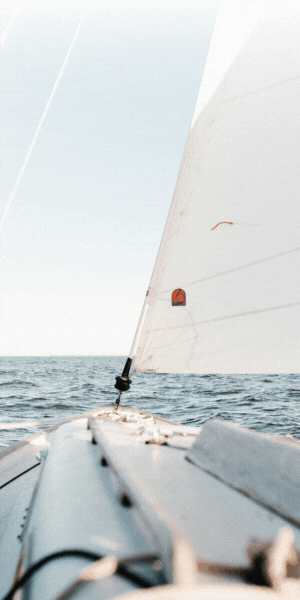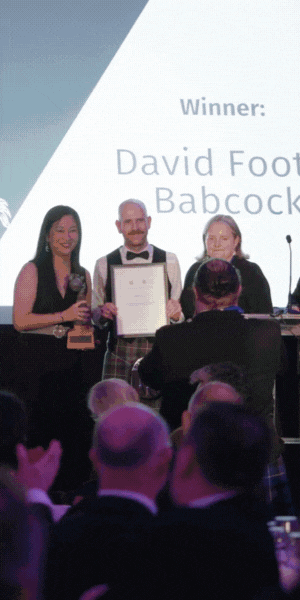Ship & Boat International: eNews October 2017
(Photo credit: Port of Rotterdam)
An ambitious research study initiated by the Dutch maritime cluster stands to enhance the productivity and ultimately the economic and environmental performance of the inland waterway transport sector, writes David Tinsley. The CoVadem collaborative endeavour has more than 30 participants and is focused on collecting real-time data from multiple vessels concerning water depths and under-hull clearances along the routes being navigated, together with fuel consumption figures. The system takes into account factors such as vessel trim and squat. Partners from the inland shipping community have so far enrolled more than 50 vessels into the project, and the pool is growing.
Supplementing the information provided by waterway authorities, the data gathered from sensors onboard the inland traders is expected to create a detailed, reliable, dynamic water depth chart. It is anticipated that this will assist ship operators and logistic planners to optimise cargo loads, routings and fuel usage and make better estimates of arrival times. The collaborators estimate that this could bring about savings of up to 10-15% in both fuel and CO2 emissions.
Incorporating real-life data in relation to planned operating profiles at the design stage of newbuild schemes should also help to realise improved vessel performance. Furthermore, the real-time collection and collation of navigable depth measurements offers potential advantages for waterway administrations, by: validating hydrodynamic and hydrological prediction tools; supplementing surveys of busy routes; and helping to identify precise locations where dredging is needed, allowing maintenance work to be tendered out in ‘smarter’ ways.
Although CoVadem was set in train several years ago, it more recently entered a new phase of development with the injection of €1.2 million (US$1.4 million) in funding from the industry and the Dutch government. CoVadem is an initiative of Deltares, an independent institute for applied research in water management, resources and infrastructure, together with Dutch maritime research institute MARIN, software specialist Autena Marine and ICT advisory /research organisation Bureau Telematica Binnenvaart. These are partnered by a raft of inland shipowners, logistic companies, ports, dredging contractors and universities, among others.
As explained by MARIN: “The core of the CoVadem approach is the generation of a real-time water depth chart, based on the echosounder data of the participating ships. The existing echosounder, loading gauges and GPS are linked to one another via the CoVadem Box—a dedicated universal multiplexing device. The device gathers raw measurement data from these sensors and forwards it to the CoVadem Cloud.”
CoVadem automatically generates a voyage and performance logbook, providing valuable reference data for improved insights. With the participants’ consent, measurement data from individual ships is anonymously aggregated and redistributed to the benefit of the industry, research and river management. Performance data may be shared on a discretionary basis.
The data being amassed from the vessels already represents about 55 million values per day, but the CoVadem servers have been designed for upscaling so as to cater for 250 inland vessels and handle over 500 million values every day. With 250 ships in the loop, there is every expectation that the industry will rapidly earn back its investment in the project.
The stakeholders are determined that the actual research will result in a professional service that will benefit their business. This objective necessitates a big increase in participating ships and an eventual transition or transformation of CoVadem into a self-sufficient, independent organisation. As growth of the pool of vessels to a minimum of 250 is vital, so as to extend data catchment, coverage and accuracy, the project remains open to new members.




